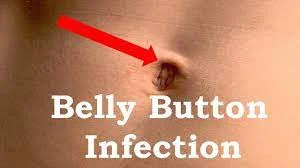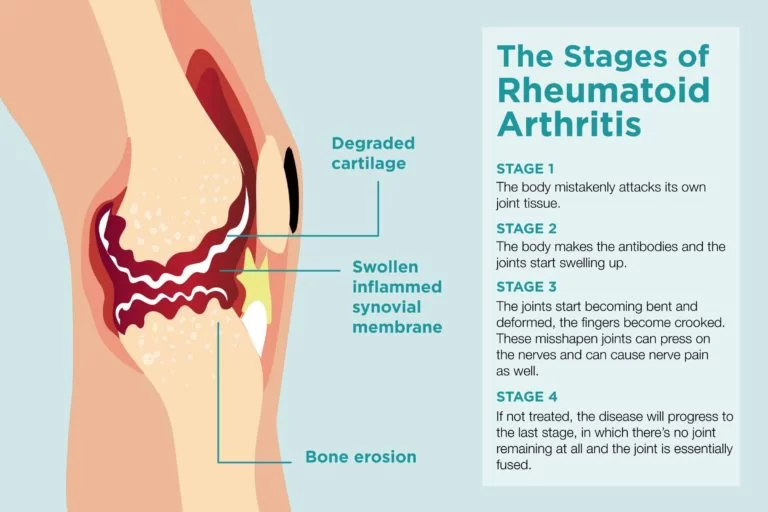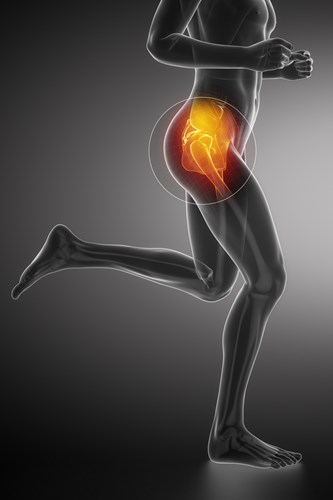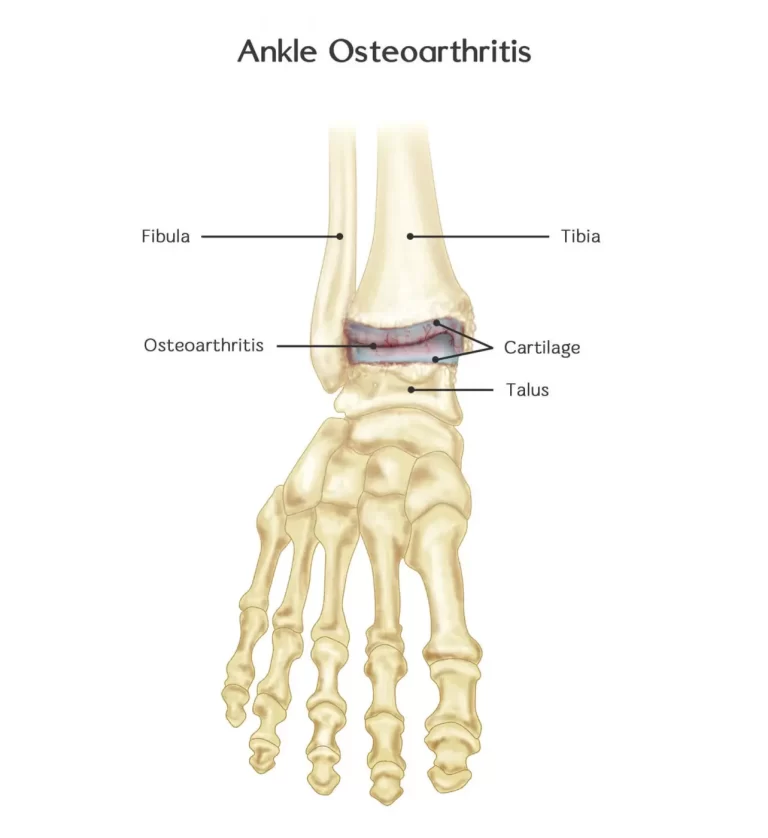Will a Belly Button Infection Go Away On Its Own?
A belly button infection may not always resolve on its own. It’s crucial to maintain proper hygiene, avoid picking at the area, and, most importantly, seek medical attention if you notice signs of infection such as redness, swelling, or discharge.
Sometimes, belly button infections require medical treatment, which may include antibiotics or other medications, to improve. If you don’t have a fever and the pain isn’t severe, you can wait 2–3 days to see if the infection clears up naturally. However, if symptoms worsen, it’s advisable to schedule an appointment with your doctor.
Remember, taking care of your belly button is essential to prevent complications and ensure your overall well-being.
What are some Home Remedies for Belly Button Infections?
Here are some home remedies that may help alleviate a belly button infection:
- Warm Saltwater Soaks:
- In a cup of warm water, dissolve a teaspoon of salt.
- Dip a cotton ball or clean rag into the mixture.
- Gently clean the infected area around your belly button.
- Repeat this a few times a day to keep the area clean and promote healing.
- Tea Tree Oil:
- Dilute a few drops of tea tree oil in a carrier oil (such as coconut oil).
- Apply the mixture to the infected area using a cotton swab.
- Tea tree oil has natural antibacterial properties that can help fight infection.
- Turmeric Paste:
- To make a paste, combine water and turmeric powder.
- Apply the paste to the infected belly button.
- Turmeric has anti-inflammatory and antimicrobial properties.
- Aloe Vera Gel:
- Apply fresh aloe vera gel directly to the infected area.
- Aloe vera has soothing and healing properties.
- Keep It Dry:
- Moisture can worsen infections.
- Use a fresh towel to pat the area dry after cleaning.
- Avoid tight clothing that traps moisture.
- Avoid Harsh Chemicals:
- Stay Away from using harsh soaps or alcohol-based products on the infected area.
- Stick to mild, fragrance-free cleansers.
Remember, if the infection persists, worsens, or you experience severe pain, consult a medical professional promptly. They are qualified to offer accurate diagnoses and suggest suitable courses of action.
How much time does it take for an infection in the belly button to heal?
The healing time for a belly button infection can vary based on several factors:
- Severity: The extent of the infection plays a role. Mild infections may resolve faster than severe ones.
- Prompt Treatment: If you seek medical attention early, it can speed up the healing process.
- Cause: The cause of the infection matters. Bacterial or fungal infections may have different healing times.
- Generally, it can take anywhere between 3 to 9 months for a belly button infection to heal12. However, individual experiences may vary. Remember to maintain proper hygiene, follow any prescribed treatments, and consult a doctor if needed.
What are some common causes of belly button infection?
Belly button infections can occur due to various factors. Let’s explore some common causes:
Poor Hygiene:
Accumulation of dead skin cells, oils, bacteria, and dirt in the belly button can lead to infections.
Regular cleaning is essential to prevent this.
Piercings:
If you have a navel piercing, it increases the risk of infection.
Maintaining good hygiene and aftercare is essential to preventing problems.
Moist Environment:
A warm and damp belly button provides an ideal breeding ground for bacteria and fungi.
Keep the area dry to prevent infections.
Laparoscopic Surgery:
After laparoscopic procedures, the belly button may be susceptible to infection.
Follow post-surgery instructions carefully.
Skin Conditions:
Conditions like intertrigo (caused by skin rubbing together) or psoriasis can contribute to infections.
These conditions create a favorable environment for microbial growth.
Underlying Health Factors:
Certain groups of people are more prone to belly button infections:
Pregnant individuals
Those with overweight/obesity
People taking antibiotics
Individuals undergoing cancer treatment (such as chemotherapy)
Those with weakened immune systems
Remember, maintaining good hygiene, keeping the area dry, and seeking prompt medical attention when needed is essential for preventing and managing belly button infections.
What are some symptoms of a belly button infection?
Belly button infections can manifest with various symptoms. The following are typical indicators to be aware of:
Bright Red Rash:
The most frequent symptom is a bright red rash in the skin folds of your navel.
This rash is typically extremely itchy and may cause discomfort.
Burning Sensation:
You might experience a burning sensation in the infected area.
Scaling and Swelling:
The skin around the belly button may show scaling and swelling.
White Discharge:
Sometimes, there may be a white discharge from the infected site.
No Odor (Usually):
Belly button yeast infections usually don’t cause a smell or odor.
However, if the infection is due to a skin condition called intertrigo, you might notice a musty smell.
Remember, if you suspect a belly button infection, seek medical advice promptly. Proper diagnosis and treatment are essential for a swift recovery.
Can I use apple cider vinegar to treat my belly button infection?
Apple cider vinegar has been touted for its antimicrobial properties, which can help combat infections. Here’s how you can use it to treat a belly button infection:
Organic Apple Cider Vinegar:
Ensure you use organic apple cider vinegar with the “mother” for maximum benefits.
The “mother” refers to the cloudy, beneficial substance found in unfiltered apple cider vinegar.
Application:
Rub a little apple cider vinegar into a cotton swab.
Use the swab to gently wipe the interior of your belly button.
Pat the area dry afterward.
Remember that while apple cider vinegar can be helpful, it’s essential to seek professional advice if the infection persists or worsens. Proper diagnosis and treatment are crucial for a swift recovery.
Can I use rubbing alcohol to clean my infected belly button?
Rubbing alcohol can indeed be used to clean the outside of your belly button. It’s crucial to go cautiously, though:
Application:
Apply rubbing alcohol on a cotton swab or ball or an alcohol pad.
Gently wipe the drainage and debris from inside and around the belly button.
Allow the area to air-dry or pat it dry with a clean, soft fabric.
Caution:
While rubbing alcohol has antiseptic properties, it can dry out your skin.
Avoid excessive use—limit it to twice daily.
Remember, if you experience pain or notice any irritation, it’s best to consult a physician. They are able to offer customized advice based on your specific situation.
FAQ
How long can a belly button infection last?
After you begin antifungal medication, your belly button yeast infection should start to go away in two weeks.
How can an infection in my belly button be treated at home?
Your doctor might advise you to try an over-the-counter topical antibiotic cream like Polysporin (bacitracin/polymyxin B), Neosporin (bacitracin/neomycin/polymyxin B), or bacitracin if you are experiencing signs of a bacterial belly button infection, such as redness, blisters, crusting, or brown or green discharge.
Do I need to see a doctor for a belly button infection?
If you think your belly button may have a yeast infection, give your doctor a call. They could advise using an over-the-counter antifungal cream to treat it. They could also suggest that you maintain the area dry and clean. Should it prove ineffective, a more potent antifungal medication might be recommended.
How can I tell if the infection in my belly button is bacterial or fungal?
The discharge from bacterial illnesses has an unsettling odor. The discharge frequently results in pain and edema and might have an off-yellow or green appearance. The symptoms of a yeast infection and a fungal infection can differ slightly.
How can I clean my belly button at home?
Using a washcloth, carefully clean the area around and just inside the belly button with warm water and a small amount of soap. To ensure that all of the water has been removed from the belly button, rinse with fresh, warm water and pat dry with a towel. Regular bathing or showering can help avoid odor and skin issues.
How can I clean my belly button naturally?
If your belly button is especially filthy, gently massage it with your finger after dipping it in some table salt and then thoroughly rinse it. Make sure to pat dry your belly button after taking a shower. Using lotions or other skincare items close to your belly button is also a good idea to avoid.







